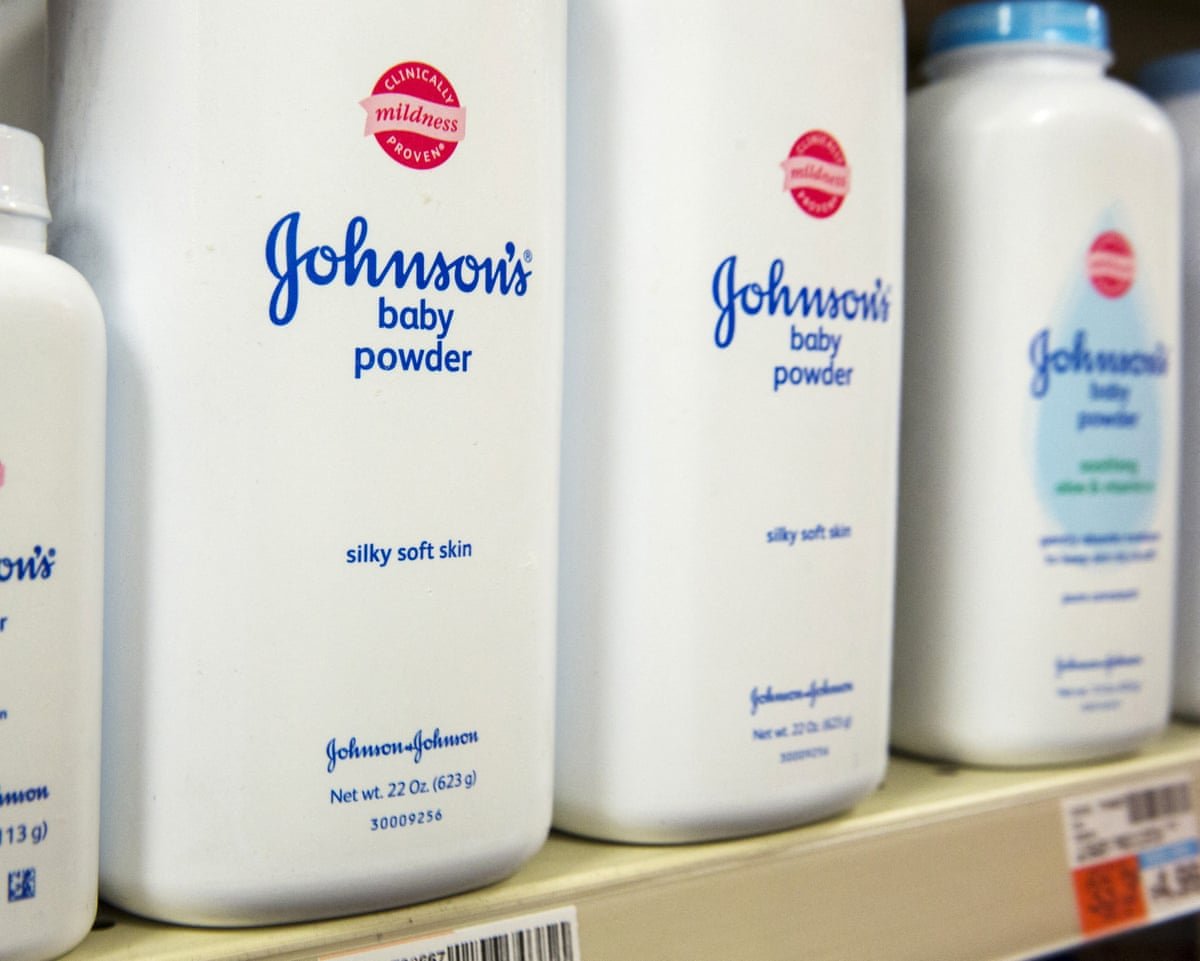Thousands Launch Historic £1bn Legal Battle Against Johnson & Johnson Over Talc Cancer Claims
In one of the largest group litigation cases in UK history, approximately 3,000 people have launched legal action against pharmaceutical giant Johnson & Johnson, alleging the company knowingly sold asbestos-contaminated talcum powder that caused them or their family members to develop cancer. The high-stakes lawsuit, filed at the High Court in London, could see claims exceeding £1 billion and represents a significant escalation of the long-running controversy surrounding one of the world’s most iconic consumer products.
The claimants, represented by KP Law, allege that Johnson & Johnson, along with its current and former subsidiaries Johnson & Johnson Management and Kenvue UK, concealed the health risks associated with its talc-based baby powder for decades. According to court documents filed on Thursday, the company continued selling the product in the UK until 2023 despite ending sales in the US and Canada three years earlier, raising serious questions about corporate responsibility and consumer safety standards.
The Scale of Allegations and Corporate Responsibility
The legal action represents a watershed moment in consumer protection litigation, with thousands of families claiming they were exposed to dangerous asbestos fibers through a product marketed as safe for daily use, particularly on infants. The case focuses on two primary forms of cancer: ovarian cancer, allegedly developed by women who used the powder for feminine hygiene, and mesothelioma, a rare cancer almost exclusively linked to asbestos exposure.
Michael Rawlinson KC, representing the claimant group, stated in court documents that evidence suggests Johnson & Johnson was aware of contamination issues from the earliest stages of production. “There exist very few, if any, commercially exploited talc deposits in the world which do not contain asbestos and that all of the mines supplying the defendants contained asbestos,” Rawlinson asserted, indicating that the company had access to information about potential contamination through mine reports and internal research.
“Despite this, the company suppressed information that might indicate that baby powder was contaminated with asbestos,” Rawlinson added, emphasizing what claimants describe as a deliberate corporate strategy to prioritize profits over consumer safety.
The legal team alleges that rather than addressing safety concerns, Johnson & Johnson engaged in systematic efforts to maintain market confidence in their product. According to court documents examined by The Guardian, the company “lobbied regulators” to enable continued sales and sponsored studies to “downplay the dangers” to human health. These allegations, if proven, could demonstrate what claimants characterize as “bad faith” actions designed to “protect the reputation and profit-making potential of baby powder.”
The Human Cost Behind the Legal Battle
Behind the staggering financial figures and corporate allegations lie deeply personal stories of suffering and loss. Among the claimants is 75-year-old Janet Fuschillo, who began using Johnson’s Baby Powder in the 1960s and was diagnosed with ovarian cancer seven years ago. Her case illustrates the long latency period often associated with asbestos-related diseases and the tragic irony of a product marketed for child care potentially causing harm across generations.
“I used talc on myself and all four of my children,” Fuschillo stated, her voice reflecting the anguish shared by many claimants. “It’s a source of great concern and anger that I used talc on my children.” Her story exemplifies the emotional devastation experienced by families who trusted a household name for generations, only to later question whether that trust was misplaced.
Patricia Angell described her husband Edward as a “perfectly fit, healthy man” who worked as an electrician and was knowledgeable about asbestos. “When he fell ill the doctors asked him if he ever came into contact with asbestos and he told them he never had,” she recalled. “He would come home from work and shower every day and use J&J’s talc.”
The connection between talc use and mesothelioma represents a particularly compelling aspect of the case, given that mesothelioma is almost exclusively caused by asbestos exposure according to NHS guidelines. Rawlinson explained the mechanism of exposure, noting that the method of applying baby powder – typically by squeezing or shaking the bottle – created “clouds of powder” that remained airborne “for a very long time after use,” allowing for inhalation of microscopic fibers.
For Patricia Angell, the loss is measured in more than financial terms. Her husband Edward died in 2006 at age 64, just weeks after being diagnosed with mesothelioma. “Talc was mentioned on Edward’s autopsy report, along with asbestos strains found in contaminated talc,” she revealed, adding that her husband had been “robbed” of 19 years of life and her children deprived of their father. These personal accounts provide the emotional foundation for a legal battle that extends beyond compensation to questions of corporate accountability and justice.
Scientific Controversy and Corporate Defense
At the heart of the litigation lies a fundamental scientific dispute about the safety of talc and its potential contamination with asbestos. Talc is a naturally occurring mineral mined from deposits that often exist in close proximity to asbestos formations in the earth, creating the potential for cross-contamination during mining operations. This geological reality forms the basis of the claimants’ allegations that Johnson & Johnson could not have been unaware of contamination risks.
Johnson & Johnson and its separated consumer health division Kenvue have mounted a vigorous defense against the allegations. A spokesperson for Kenvue, which now holds responsibility for talc-related claims outside the US and Canada, stated: “We sympathise deeply with people living with cancer. We understand that they and their families want answers – that’s why the facts are so important.”
The company maintains that decades of testing support their position on product safety. “The safety of Johnson’s Baby Powder is backed by years of testing by independent and leading laboratories, universities and health authorities in the UK and around the world,” the Kenvue spokesperson asserted. “The high-quality cosmetic grade talc that was used in Johnson’s Baby Powder was compliant with any required regulatory standards, did not contain asbestos, and does not cause cancer.”
This case emerges against a backdrop of increasing scrutiny of consumer product safety and corporate transparency in the UK, as reflected in ongoing coverage of health and legal matters across UK news platforms. The outcome could establish important precedents for how multinational corporations are held accountable for products sold in different markets with varying regulatory standards.
The litigation also raises questions about the global consistency of corporate safety standards, given that Johnson & Johnson removed talc-based baby powder from the North American market three years before ceasing sales in the UK and other international markets. This discrepancy in timing may prove particularly significant in establishing whether the company prioritized certain markets over others in its safety decisions.
As the case progresses through the High Court, it will likely examine millions of pages of internal company documents, expert testimony from oncologists and industrial hygienists, and historical evidence about mining practices and quality control measures. The proceedings are expected to extend over several years, with both sides preparing for a legal battle that could redefine consumer protection law and establish new parameters for corporate responsibility in the healthcare sector.
For the thousands of claimants and their families, the case represents not just a quest for compensation but a demand for acknowledgment and accountability from a company whose products occupied a trusted place in their homes and daily routines for generations. The outcome will resonate far beyond the courtroom, potentially influencing regulatory approaches to product safety and corporate transparency for years to come.


